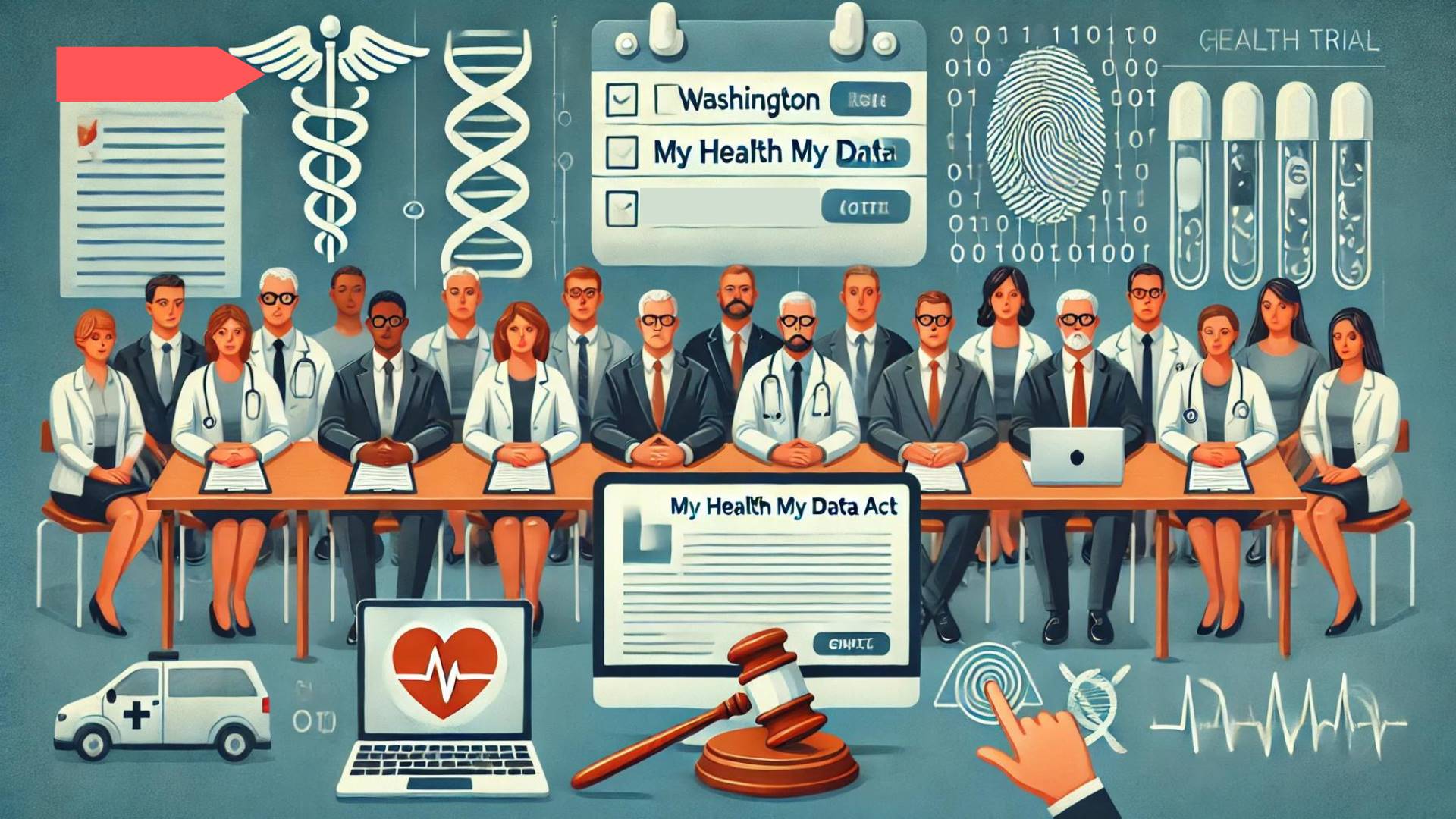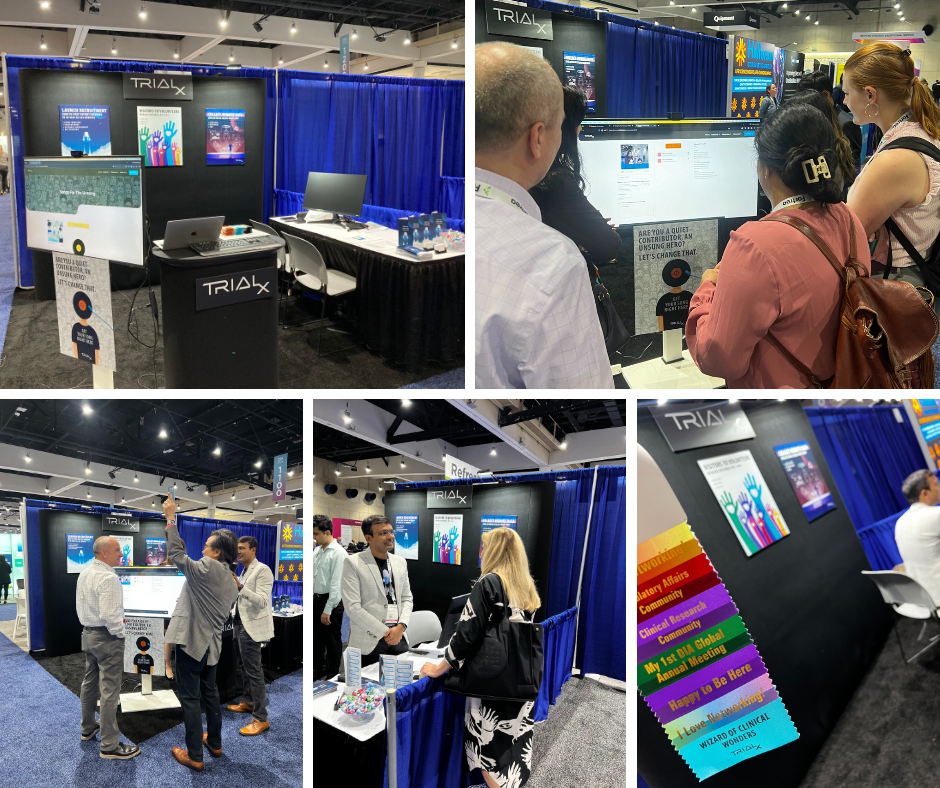Diversity in clinical trials is crucial to understanding the effectiveness of drugs in different ethnic populations. The inclusion of participants from different races and ethnicity also ensures the generalization of the result and helps achieve health equity. However, minority populations are often underrepresented in clinical research. The FDA 2020 Drug Trials Snapshots highlight the fact that certain racial/ethnic groups are underrepresented in clinical trials.
Of the several challenges, language and communication problems are one of the most significant barriers to minority enrollment in clinical trials. Other barriers include low literacy, lack of trust, access to trials, inclusion criteria, knowledge and attitudes toward clinical trials, and logistic issues.
Language As a Barrier To Clinical Trial Participation
Language barriers present a unique challenge that may influence patient participation in clinical trials. Low language proficiency, especially English proficiency, can hamper the participant’s understanding of the clinical trial process. Multilingual, multicultural understanding is also critical when discussing informed consent, study protocols, and adverse event reporting. Moreover, some studies may involve complex surveys, or questionnaires, which necessitate language proficiency to comprehend and interpret the questions.
In April 2022, FDA issued draft guidance to enroll more participants from underrepresented racial and ethnic populations in the U.S. into clinical trials. The goal is to boost diversity in clinical trial populations.
But what can be done to overcome the language barrier and ensure greater participation of the minority population?
Overcoming The Language Barrier– What Approaches Can Be Used?
Trust is a significant factor in enhancing minority participation in clinical trials. The strategies below can help overcome the language barriers in clinical trials and help build trust among the participants.
Employing Bilingual Staff
Including bilingual staff in the study team is a commonly employed strategy. However, this requires the research team to set aside more time to ensure that all study aspects are well understood by the participants. A 2018 survey published in Applied Cancer Research reported that 69% of research staff set aside extra time during the consenting process to ensure understanding for patients with preferred languages other than English. This may increase the workload for the trial staff catering to the language access needs of potential patients.
Translational Services
Translational services can also be used for translating administrative and research documents. Unfortunately, there is always a possibility of errors. Mistranslations, omissions, and imprecise translations can substantially alter the meaning of the information. Omissions of vital information can reduce clarity, alter the facts and decrease the amount of information the participants may receive.
Engaging Interpreters
Engaging medical interpreters to support the research team is another strategy to break the language barrier. Certified medical interpreters receive training in medical terminology and quality health care. However the use of non-accredited interpreters who do not have skills to interpret medical terminology can lead to quality issues.
Social media outreach, multimedia educational materials and web pages
Clinical research teams can leverage the power of social media and multimedia to reach diverse populations using language that the study participants can understand. Interactive multimedia programs in the participant’s preferred language can enhance an individual’s understanding of clinical trial concepts and improve trial participation. Audiovisual materials are a good example. Audiovisual materials can be helpful to minority populations because they have high acceptability and are easy to disseminate. “Transcreation” of information is more efficient than just translation as it considers both the language and culture of the target population. Transcreation is the process of adapting the written material in the participant’s language and infusing culturally relevant context, photos and themes. A pilot study by Wells et al. that explored the feasibility of delivering the transcreated audiovisual intervention to Hispanic patients in Spanish (preferred language) found that audio-visual interventions increased the patients’ knowledge of clinical trials and positive intention to participate in a clinical trial.
However, a more pragmatic approach to achieving diversity in clinical trials is the use of technology and innovative tools. One such innovative tool is TrialX’s DEI Toolkit – a patient-centric solution to tackle diversity challenges faced by the industry.
TrialX Connect DEI Toolkit: End-To-End Multilingual Solution to Increase Clinical Trial Diversity
TrialX’s DEI Toolkit provides innovative solutions for sponsors and sites to serve the information needs of diverse populations. The DEI toolkit is launched in Connect, an award-winning patient recruitment management platform that serves as a central system for patient recruitment operations at major pharmaceutical sponsors, large academic research centers, and patient advocacy groups. A volunteer registry in Connect offers the opportunity to collect race, ethnicity, and preferred language information from volunteers and provides an outreach system to reach out to volunteers based on their preferences and demographics. TrialX’s DEI Toolkit is designed to create an end-to-end multilingual experience for the patient, and help achieve diversity, equity, and inclusion in clinical trials.
Using the DEI toolkit patient recruitment teams can create study websites, pre-screeners, and patient notifications in multiple languages. This would help teams expand the reach of the study to a wide range of patient populations in different geographic regions and ethnic communities. It also enables site selection as per the preferred language – research sites can indicate the languages spoken by the study staff and potential participants can filter research sites based on their preferred language. Additionally, the DEI tool kit enables patient recruitment teams and study managers to get real-time insights using the new diversity reporting dashboard. The dashboard provides actionable insights for the team to meet the diversity enrollment targets on time.
Clinical trials play a key role in the discovery and development of life-saving drugs, diagnostic tools, and preventative strategies. But patient recruitment is still a significant challenge. Undertaking a patient-first approach can be key to increasing patient retention. With the DEI toolkit, TrialX aims to bring diversity and inclusion to the forefront of patient recruitment workflows, which would ultimately improve treatment access to a wider population.



